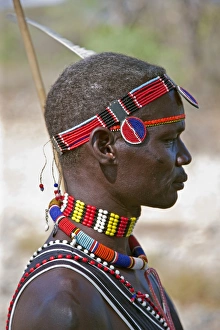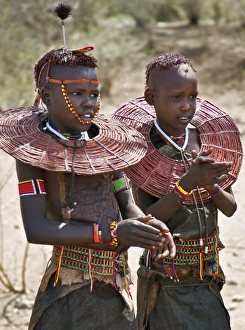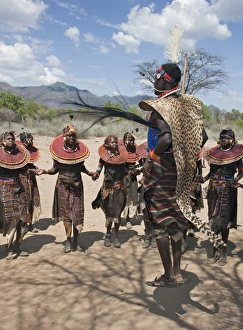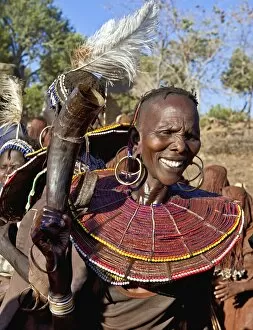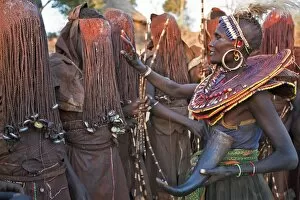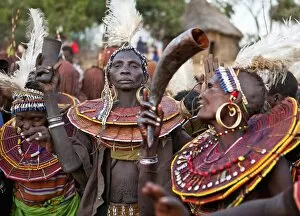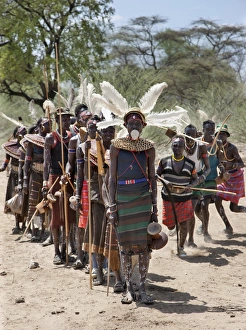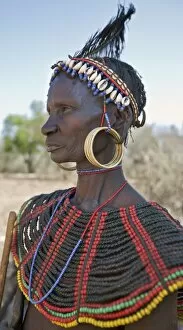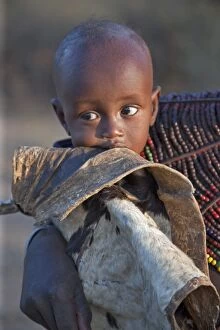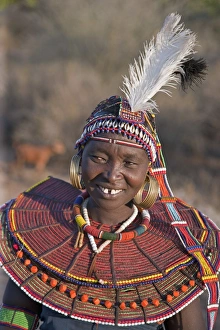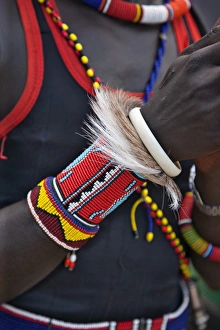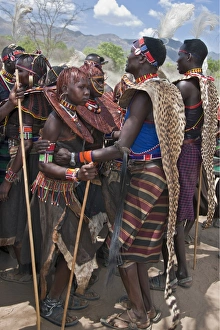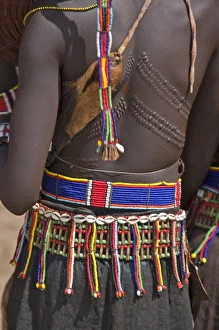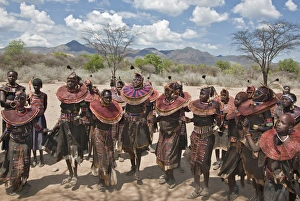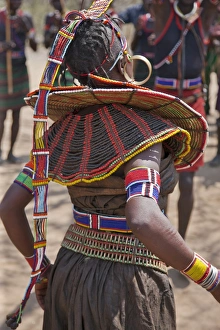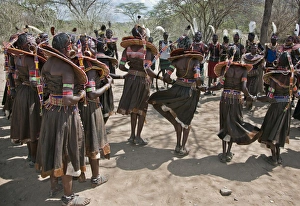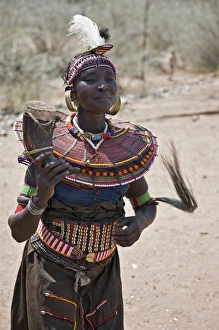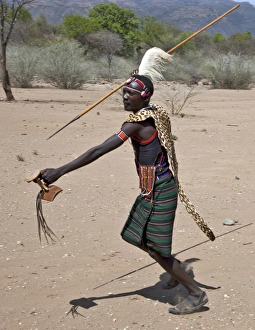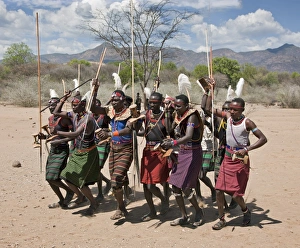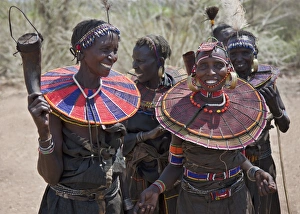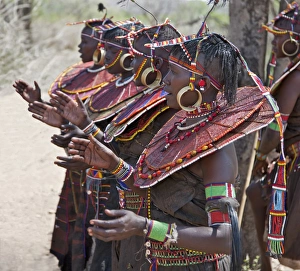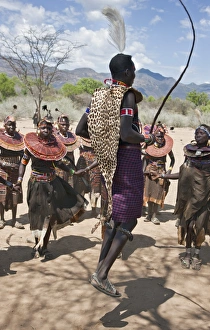East Pokot District Collection
"Exploring the Vibrant Traditions of East Pokot District" Immerse yourself in the rich cultural heritage of East Pokot District
All Professionally Made to Order for Quick Shipping
"Exploring the Vibrant Traditions of East Pokot District" Immerse yourself in the rich cultural heritage of East Pokot District, where the Pokot tribe thrives as pastoralists speaking a Southern Nilotic language. Witness their captivating ceremonies and adornments that symbolize their unique way of life. Intricately beaded ornaments are proudly worn by Pokot men, showcasing their tribal identity. These remarkable accessories reflect their deep connection to tradition and serve as a testament to their ancestral roots. During the exhilarating Atelo ceremony, a Pokot warrior leaps gracefully into the air, surrounded by jubilant young women. This joyous celebration marks an important milestone in his life and highlights the unity within the community. A young Pokot girl dons a traditional broad necklace made from hollow reed grass, signifying her uninitiated status. This emblematic piece distinguishes her among her peers while honoring age-old customs passed down through generations. Unmarried young girls proudly display traditional ornaments that signify their singlehood. These vibrant symbols not only showcase beauty but also represent purity and readiness for future commitments. Pokot boys undergo rigorous instruction from tribal elders during a special seclusion camp after circumcision. Adorned in goatskins and masked with wild sisal face masks, they sing and dance passionately for two to three months – an essential rite of passage into adulthood. The Ngetunogh ceremony concludes with initiates wearing their mothers' jewelry for a day before removing their wild sisal masks worn throughout seclusion, and is an emotional moment filled with pride as these young individuals embrace newfound responsibilities within society. Mothers play an integral role during Ngetunogh ceremonies; singing and dancing while holding high cowhorn containers used to smear fat over masks – bestowing blessings upon their sons and other boys undergoing initiation rites.

